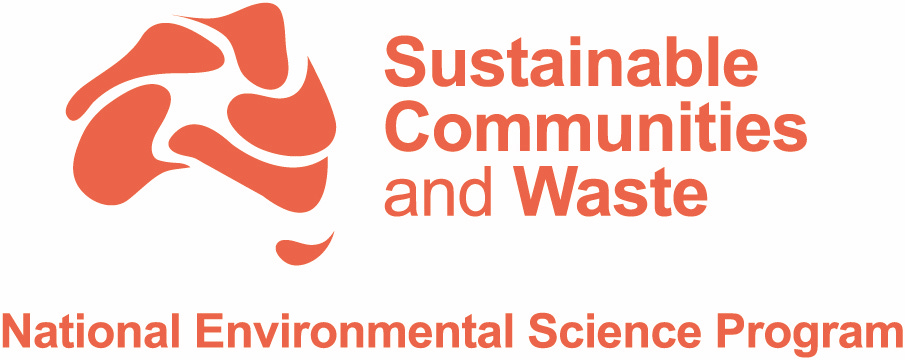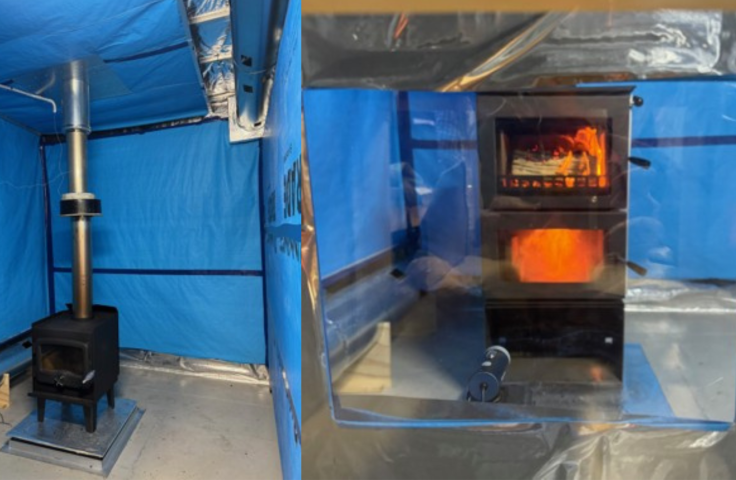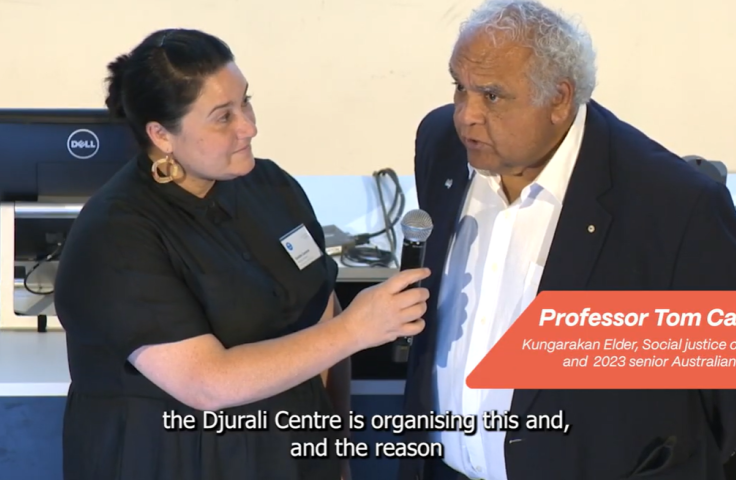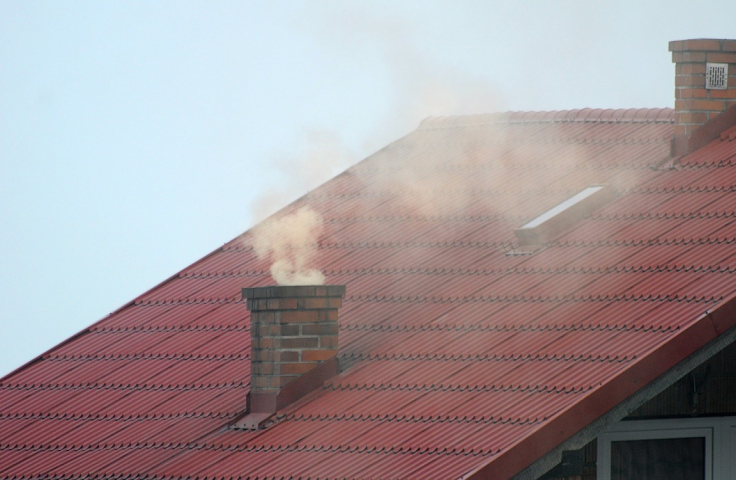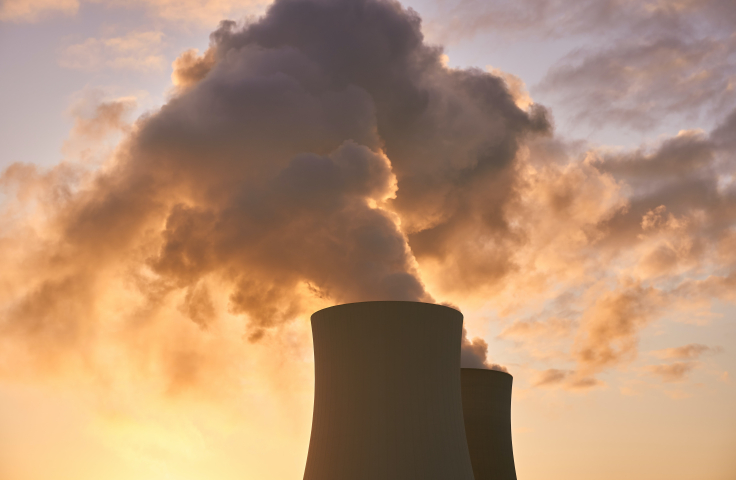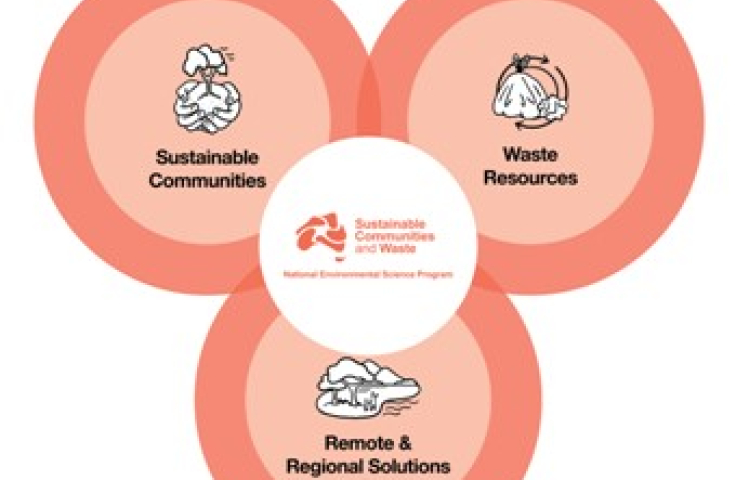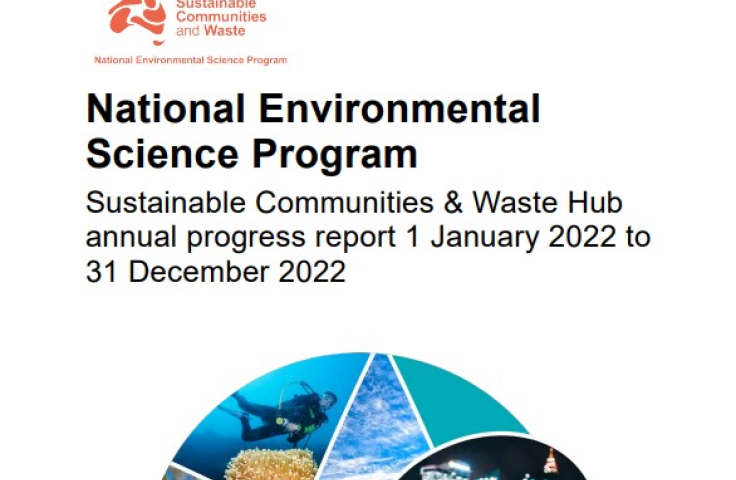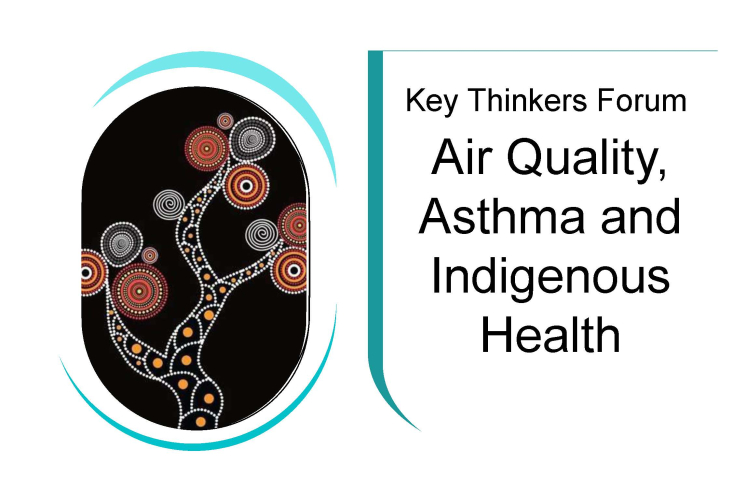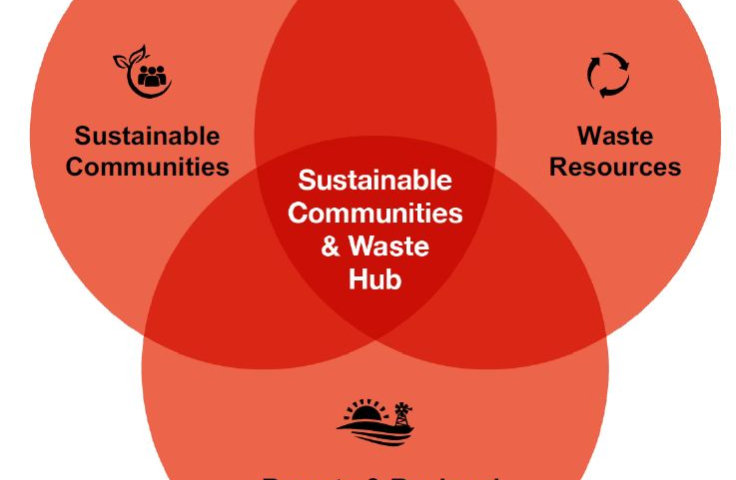Clean air is essential for human health and environmental wellbeing, yet air pollution remains a challenge in many Australian communities. Impact Priority 4 (IP4) provides research, tools and practical solutions to help policymakers, councils and communities improve air quality and reduce exposure to harmful pollutants.
Our research is structured around four key sub-projects:
Understanding and addressing the impacts of landscape fire smoke on Indigenous communities.
Why?
Indigenous communities are disproportionately affected by air pollution from bushfires, cultural burns, and household smoke exposure. Understanding how smoke affects these communities and identifying culturally appropriate solutions is essential for improving health outcomes.
Who?
Project lead:
- Dr Amanda Wheeler, CSIRO
- Dr Erin Dunne, CSIRO
Project team:
- Sally Taylor, CSIRO
- Veronica Matthews, The Poche Centre for Indigenous Health
- Supriya Mathew, Menzies School of Health Research
What?
- Working with Indigenous communities to understand lived experiences of smoke exposure.
- Co-developing strategies to reduce exposure and improve air quality in Indigenous communities.
Learn more about our research across Australia:
Map: Indigenous air quality, asthma and Indigenous health research
What’s coming?
- Community-led insights on smoke impacts and mitigation strategies.
- Recommendations for culturally appropriate air quality interventions.
- Resources to support Indigenous-led air quality solutions.
Project Outputs:
Public health messaging during landscape fire smoke events (June 2022)
Investigating how climate policies and emissions reduction strategies affect future air pollution.
Why?
As Australia transitions to a low-emissions future, changes in energy use, transport, and industry will influence air quality. Understanding these interactions is critical to ensuring climate policies also improve public health.
Who?
Project lead:
- Dr Kathryn Emmerson, CSIRO
What?
- Analysing how emissions reduction policies affect air pollution sources.
- Identifying potential increases or reductions in future air pollution from energy transitions.
- Providing guidance to policymakers on integrating air quality and climate action.
What’s coming?
- A literature review on air pollution trends under different emissions scenarios.
- Policy recommendations for balancing climate action and air quality management.
- Engagement with government and industry on integrated solutions.
Project Outputs:
Developing and testing interventions to reduce wood heater emissions.
Why?
Wood heaters remain a significant source of air pollution, particularly in colder regions. Despite existing regulations, they continue to contribute to high levels of fine particulate pollution (PM2.5), impacting public health. New solutions are needed to address this issue effectively.
Who?
Project lead:
- Professor Fay Johnston, University of Tasmania
Project team:
- Dr Penelope Jones, University of Tasmania
- Dr Amanda Wheeler, CSIRO
- Dr Richard Norman, Curtin University
- Dr Kim Jose, University of Tasmania
- Dr Sharon Campbell, University of Tasmania
- A/Prof John Todd, University of Tasmania
What?
- Developing and testing new protocols for measuring wood heater emissions.
- Evaluating policy options, including incentive programs and regulatory measures.
- Supporting councils in implementing effective interventions.
What’s coming?
- A new standard to drive innovation in emission reduction technologies.
- Policy recommendations for managing wood heater pollution.
- Case studies on successful local interventions.
Project outputs:
Assessing the effectiveness of air quality interventions in community settings.
Why?
During extreme air pollution events, such as bushfires, safe indoor spaces can help protect vulnerable populations. Low-cost sensors also provide an opportunity to monitor local air quality and identify pollution hotspots. This project evaluates the effectiveness of interventions.
Who?
Project lead:
- Professor Donna Green, UNSW Sydney
Project team:
- Dr Amanda Wheeler, CSIRO
- Dr Janice Wormworth, UNSW Sydney
What?
- Assessing the effectiveness of safe havens and clean air shelters.
- Testing low-cost sensors to improve community-level air quality monitoring.
- Providing guidance on best practices for air quality interventions.
What’s coming?
- Research findings on safe haven effectiveness.
- Guidance on using low-cost sensors for community air quality monitoring.
- Resources to support local councils and organisations in implementing air quality interventions.
Project outputs:
Air quality monitor selection online tool
Report: Low-cost sensor networks and interventions to reduce exposure to air pollution (July 2025)
Local government air quality sensor fact sheet
Community groups air quality sensor fact sheet
Households air quality sensor fact sheet
Projects are approved via whole of Hub annual research plans each year.
IP4 2025 research projects from Research Plan 2025.
IP4 2024 research projects from Research Plan 2024.
IP4 2023 research projects from Research Plan 2023.
